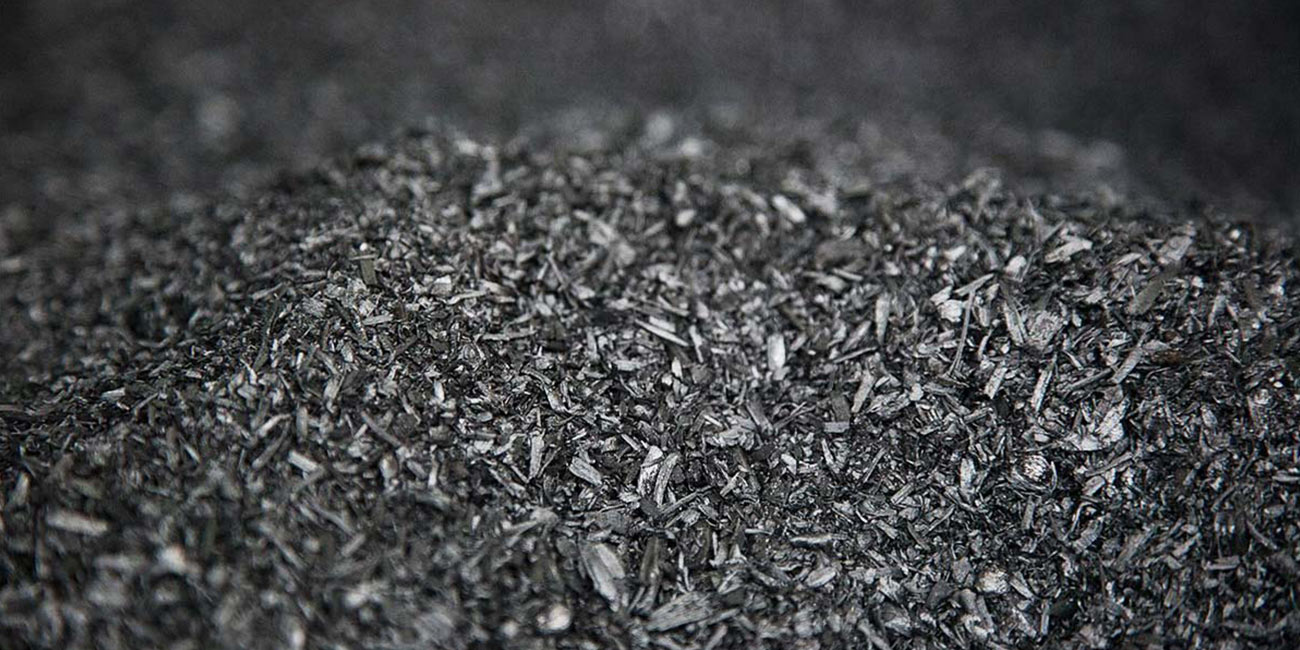In an era where climate change and environmental sustainability have become paramount concerns, the concept of carbon-neutral living has gained significant traction. Among the innovative solutions leading the charge towards sustainability is the biochar revolution. This comprehensive exploration delves into the transformative power of biochar, unraveling its role in achieving carbon-neutral living and fostering sustainable practices. View the biochar equipment.

I. Understanding Carbon Neutrality
Defining Carbon Neutrality
Carbon neutrality refers to the equilibrium between the amount of greenhouse gases emitted into the atmosphere and the amount removed or offset. Achieving carbon neutrality is essential to mitigate climate change and reduce the impact of human activities on the environment.
The Urgency of Carbon Neutrality
Highlighting the urgency of addressing carbon emissions and the consequences of unchecked climate change. Discussing the impact of individual and collective efforts in transitioning towards carbon-neutral living.
II. The Biochar Revolution
Introduction to Biochar
Providing an overview of biochar, a carbon-rich product derived from the pyrolysis of organic materials such as agricultural waste, wood, or manure. Exploring the transformative potential of biochar in achieving carbon neutrality. View the coconut charcoal machine to make biochar.
Carbon Sequestration with Biochar
Detailing how biochar acts as a carbon sink, sequestering carbon from organic materials and preventing its release into the atmosphere. Analyzing the role of biochar in offsetting carbon emissions and contributing to a balanced carbon cycle.
III. Biochar Production Methods
Pyrolysis: The Heart of Biochar Production
Explaining the pyrolysis process, wherein organic materials are heated in the absence of oxygen to produce biochar. Discussing the significance of temperature, duration, and feedstock type in determining biochar properties.
Traditional vs. Advanced Biochar Production
Comparing traditional and advanced biochar production methods. Highlighting the evolution of biochar production techniques, including kiln-based methods and advanced pyrolysis technologies.
IV. The Environmental Impact of Biochar
Reducing Greenhouse Gas Emissions
Exploring how the incorporation of biochar in soil helps reduce greenhouse gas emissions. Discussing the potential of biochar to minimize the release of methane and nitrous oxide, two potent greenhouse gases associated with agriculture.
Improving Soil Health
Detailing the positive impact of biochar on soil health, including enhanced nutrient retention, improved water retention, and increased microbial activity. Examining how these soil improvements contribute to sustainable agricultural practices.

V. Biochar in Agriculture for Carbon-Neutral Living
Enhancing Crop Yields
Discussing how biochar amendments positively affect crop yields by providing a stable environment for beneficial microorganisms and improving nutrient availability. Exploring the potential of biochar to support food security in a changing climate.
Mitigating Deforestation and Land Degradation
Examining how biochar utilization can reduce the pressure on forests and prevent land degradation. Illustrating the role of biochar in promoting sustainable land use practices, especially in regions vulnerable to deforestation.
VI. Biochar in Carbon-Neutral Living Spaces
Sustainable Home Practices
Exploring the integration of biochar into residential spaces for carbon-neutral living. Discussing its applications in waste management, energy efficiency, and even as a sustainable building material.
Biochar for Waste Management
Detailing how biochar can be utilized in waste management processes, converting organic waste into a valuable resource. Analyzing its potential in reducing landfill usage and minimizing the environmental impact of waste disposal.
VII. Challenges and Considerations in Biochar Utilization
Technical Challenges
Addressing technical challenges associated with large-scale biochar production and application. Discussing issues such as scalability, standardization, and the need for efficient technologies.
Economic Considerations
Analyzing the economic factors influencing the widespread adoption of biochar. Discussing the costs and benefits associated with biochar production, application, and potential revenue streams.
VIII. Carbon-Neutral Living: A Holistic Approach
Combining Biochar with Other Sustainable Practices
Emphasizing the importance of adopting a holistic approach to carbon-neutral living. Discussing how biochar can complement other sustainable practices, such as renewable energy usage, reduced consumption, and waste reduction.
Community Engagement and Education
Highlighting the role of community engagement and education in promoting carbon-neutral living. Discussing the need for awareness campaigns, educational programs, and community-based initiatives to drive sustainable practices.
IX. Regulatory Landscape and Policy Implications
Existing Regulations on Biochar Production and Utilization
Surveying current regulations and standards governing biochar production and utilization. Discussing the importance of clear guidelines to ensure responsible and sustainable biochar practices. The charcoal produced by Beston sawdust charcoal making machine has high-quality. It is a good choice.
Policy Recommendations for Carbon-Neutral Living
Proposing policy recommendations to incentivize and support carbon-neutral living practices, including biochar utilization. Discussing the potential role of government policies in encouraging sustainable practices at individual and organizational levels.
X. Future Prospects and Challenges
Advancements in Biochar Technology
Exploring potential advancements in biochar technology and production methods. Discussing ongoing research efforts and innovations that could further enhance the efficiency and applicability of biochar for carbon-neutral living.
Scaling Up Biochar Implementation
Examining the challenges and opportunities associated with scaling up biochar implementation for widespread adoption. Identifying potential barriers and strategies to overcome them on the path to global carbon neutrality.
XI. Conclusion
The Promise of Carbon-Neutral Living with Biochar
Summarizing the key insights gained from the exploration of carbon-neutral living through the biochar revolution. Emphasizing the transformative potential of biochar in achieving sustainability, mitigating climate change, and fostering a healthier planet.
The Collective Path to a Carbon-Neutral Future
Encouraging individuals, communities, and policymakers to embrace the biochar revolution as a crucial step towards carbon-neutral living. Emphasizing the collective responsibility to adopt sustainable practices and contribute to a greener, more resilient future.
This comprehensive exploration has illuminated the transformative power of biochar in the pursuit of carbon-neutral living. From its role in sequestering carbon to enhancing soil health and promoting sustainable practices, biochar stands as a beacon of hope in the collective effort to combat climate change and create a more sustainable and balanced world.